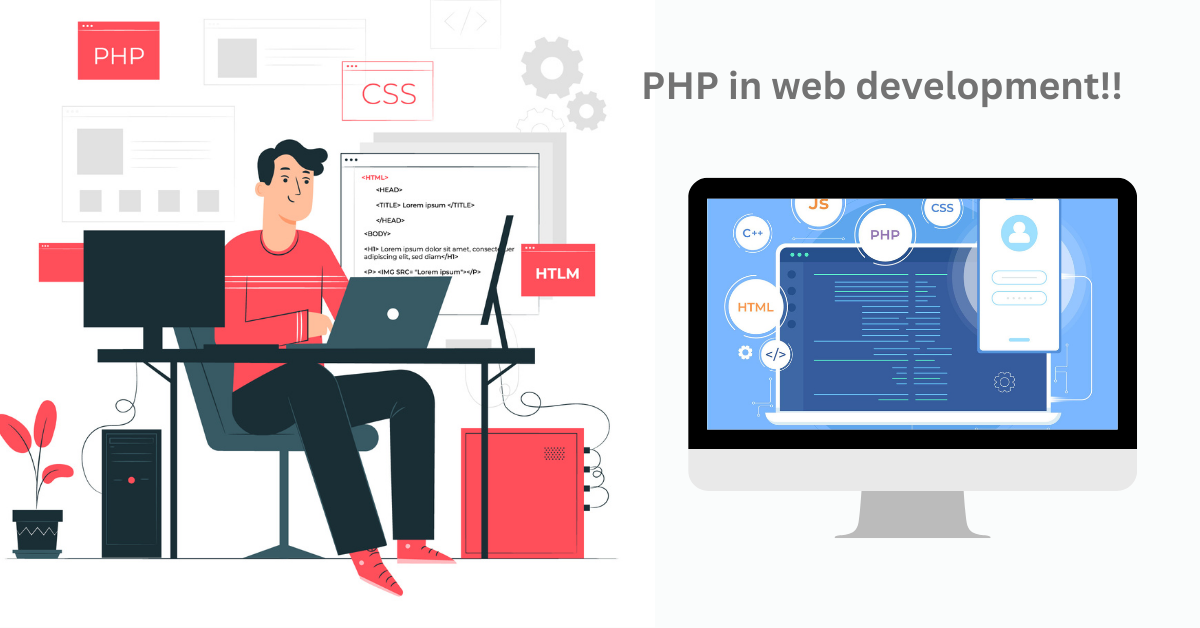Introduction
In the fast-evolving landscape of web development, where new languages and frameworks seem to emerge almost daily, PHP—a language that powered much of the early internet—still holds a significant place. Why does PHP continue to be a-to choice for developers despite the availability of newer technologies? This article delves into the enduring relevance of PHP in web development, exploring its unique features, community support, and adaptability that keep it at the forefront of creating dynamic websites.
PHP’s Robust Ecosystem and Community
PHP, which stands for Hypertext Preprocessor, has been a cornerstone of web development since its inception in 1995. Over the decades, it has built a robust ecosystem that includes extensive documentation, a vast array of frameworks, and a supportive community of developers.
Comprehensive Documentation and Resources
One of PHP’s strongest assets is its comprehensive documentation. The official PHP manual is an exhaustive resource that offers detailed information on every function and feature of the language. This extensive documentation makes it easier for new developers to learn PHP and for experienced developers to reference and troubleshoot their code.
Vibrant Community and Frameworks
PHP benefits from a vibrant community of developers who continue to innovate and push the language forward. Frameworks like Laravel, Symfony, and CodeIgniter have modernized PHP development, introducing powerful features that facilitate rapid application development, RESTful API building, and more. These frameworks not only speed up the development process but also ensure that PHP applications are secure and scalable.
Performance and Compatibility
Despite misconceptions, PHP has grown significantly in terms of performance, especially with the release of PHP 7 and subsequent versions. These improvements address many of the inefficiencies of earlier versions and make PHP competitive with newer programming languages.
Enhanced Speed and Efficiency
PHP 7 introduced significant performance enhancements that doubled the speed of its predecessor, reducing memory consumption and boosting execution time. This leap in performance means that applications built on PHP can handle more complex functionalities more efficiently.
Wide-Ranging Compatibility
PHP’s compatibility with various databases, HTML, and other web development languages and tools is a key factor in its enduring popularity. PHP seamlessly integrates with MySQL, PostgreSQL, and other database systems, making it a versatile choice for developers looking to build data-driven websites.
Cost-Effectiveness and Ease of Use
PHP’s open-source nature makes it a cost-effective option for businesses and individuals alike. Coupled with its ease of use, PHP remains a practical choice for developing robust web applications.
Open Source with No Licensing Fees
Being open-source, PHP is free to use, which reduces the cost of web development projects. This is particularly beneficial for startups and small businesses that need to maximize their technology investments.
Simplicity and Accessibility
PHP is known for its straightforward syntax and a gentle learning curve, making it accessible to beginners and allowing rapid development cycles. This simplicity does not come at the expense of functionality, as PHP is powerful enough to run large social media sites like Facebook and content management systems like WordPress.
Conclusion
PHP’s continued relevance in web development is not a testament to nostalgia but a reflection of its adaptability, robust community support, and ongoing improvements. Its integration capabilities, enhanced performance, and cost-effectiveness make it an attractive option for both new and seasoned developers. As web technology evolves, PHP adapts, ensuring that it remains a reliable and powerful tool for building everything from small websites to complex web applications. Whether you are just starting out in web development or looking to scale an existing project, PHP offers a proven, reliable foundation that should not be overlooked.



